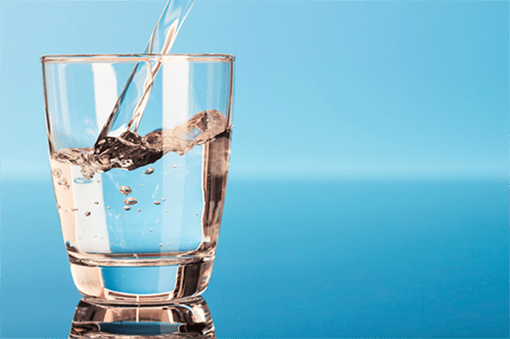Add description, images, menus and links to your mega menu
A column with no settings can be used as a spacer
Link to your collections, sales and even external links
Add up to five columns
Add description, images, menus and links to your mega menu
A column with no settings can be used as a spacer
Link to your collections, sales and even external links
Add up to five columns
Is ozonated water safe and healthy to drink?
September 04, 2017 3 min read

Whether you are an experienced user of ozonated water, or new to the product, this timely article is intended to educate the consumer on the benefits of adding ozone to water, and to provide a helpful how-to for the consumer to begin ozonating water for veterinary applications.
What is Ozonated Water?
As explained in previous articles on the topic, ozone (O3) is the triatomic form of oxygen, meaning it is a molecule composed of three oxygen atoms. In contrast, O2 (the oxygen that we breathe) is diatomic, in that it is a molecule composed of two bonded oxygen atoms. Compared to the very stable O2 form of oxygen, the additional oxygen atom that comprises ozone creates a highly reactive and short-lived atomic arrangement. However, if ozone is bonded with water, the life of the additional oxygen atom is briefly extended, allowing sufficient time for the benefits of ozone to be harnessed and applied.
What are the uses for Ozonated Water?
Ozone, whether in its gaseous form or bonded with water, is a highly effective sterilization agent. Numerous studies have proven the efficacy of ozone for killing bacteria and eliminating toxins. For example:- Ozone gas is used industrially to kill E. coli bacteria in ground beef.
- Trials using small amounts of gaseous O3 found that ozone killed 73% of the bacteria used in the experiment.
How is water ozonated?
Water does not naturally hold ozone well. After being initially ozonated for 20-30 minutes, water must be recharged with ozone every 20 minutes while being used in order for O3 concentration levels to remain adequately elevated. Three pieces of equipment are required for ozonating water: For personal safety, these components MUST be made specifically for the purpose of ozonating liquids, as these purposely designed O3 generators have a built-in destruct mechanism that prevents O3 gas from escaping from the system and into the air. As breathing ozone gas is harmful, using generic, non-specific componentry to ozonate water can pose a serious health hazard.Ozone Bubbler
An ozone bubbler is an instrument used to “bubble” ozone through water, and (as with ozone generators) there are bubblers designed specifically for the purpose of ozonating liquids. Bubblers that utilize a glass container, rather than stone or plastic, are recommended. Ozone will break down stone and plastic, which will contaminate the ozonated water.Procedure
For water to be properly ozonated, ozone should be allowed to bubble through a water sample for no less than 20 minutes. While the desired concentration of O3 in water will vary with the ozonated water’s intended use, generally speaking, the goal when ozonating water is to allow it to absorb the maximum amount of ozone that it can hold. Even at maximum saturation, the amount of O3 in ozonated water is too low to be harmful to the human body, and O3 in water will quickly revert to O2. With a short “shelf life,” it is essential to use ozonated water quickly following its production.We trust this article has been helpful. If you have additional comments or questions, please contact us or post them to our online forum.
Net Orders Checkout
| Item | Price | Qty | Total | |
|---|---|---|---|---|
| Subtotal |
$0.00 |
|||
| Shipping | ||||
| Total | ||||
